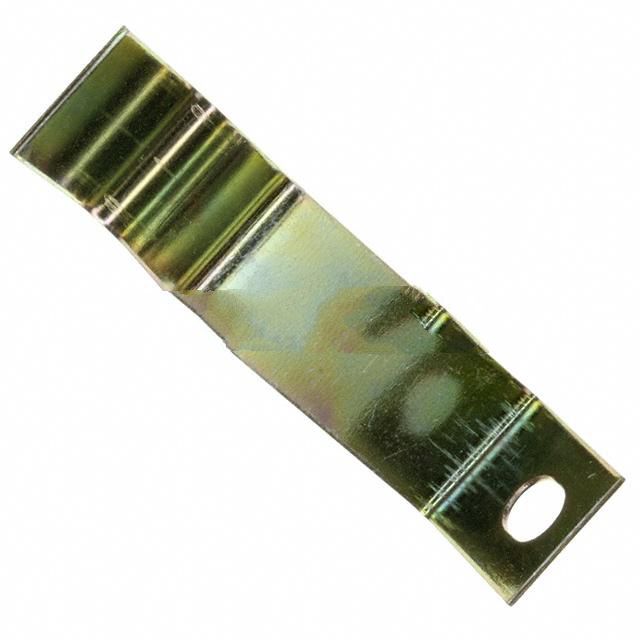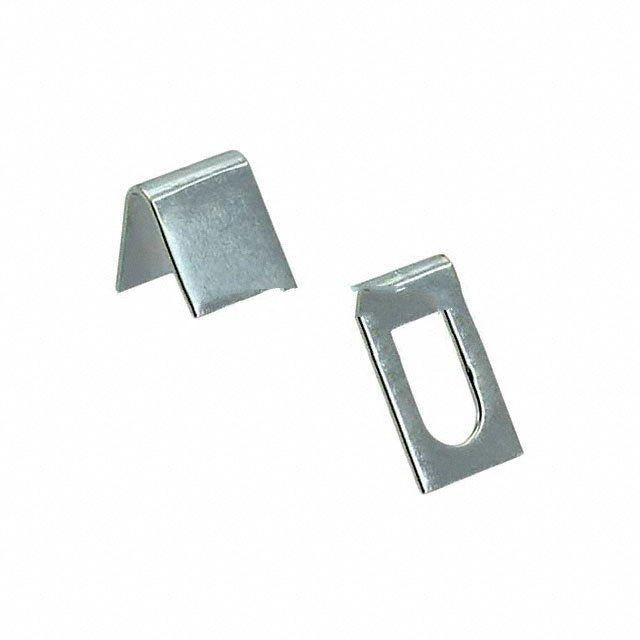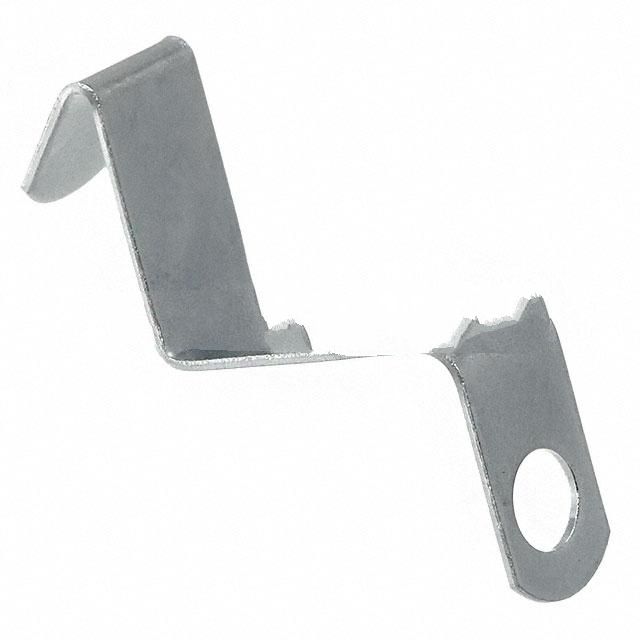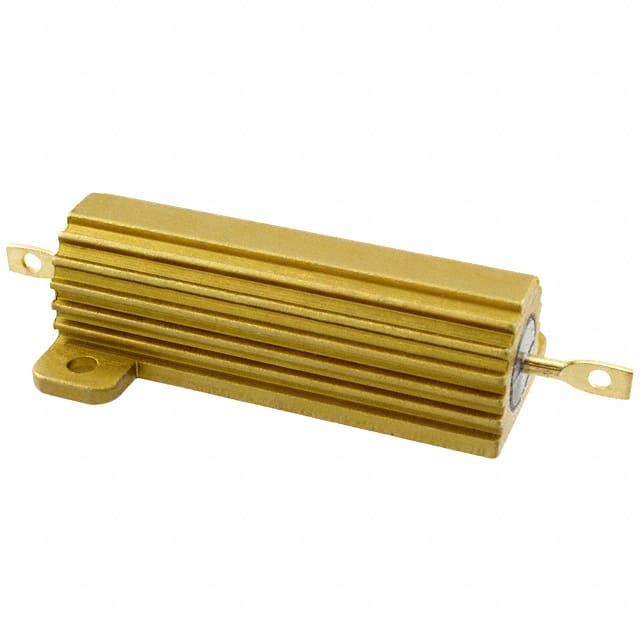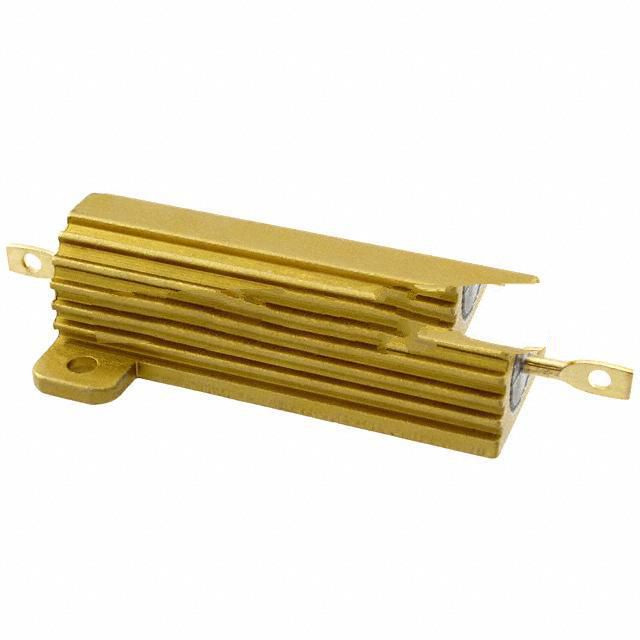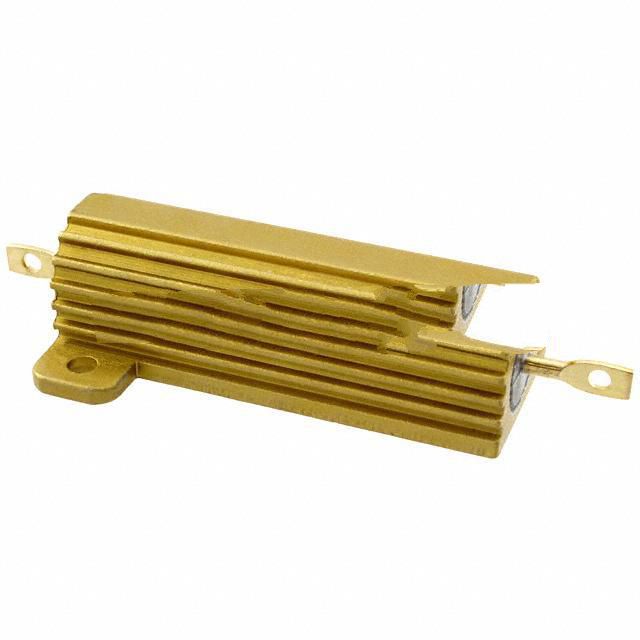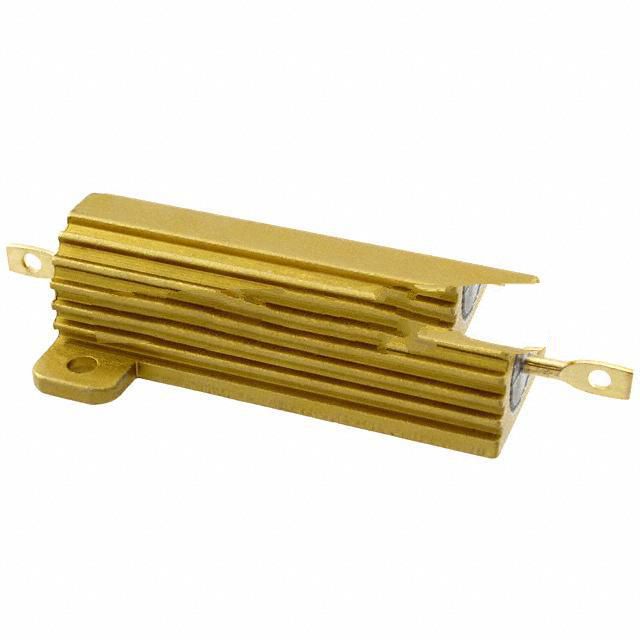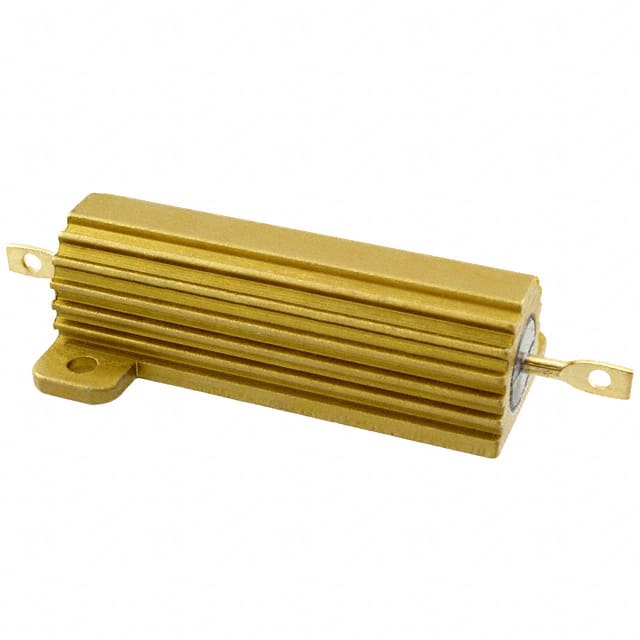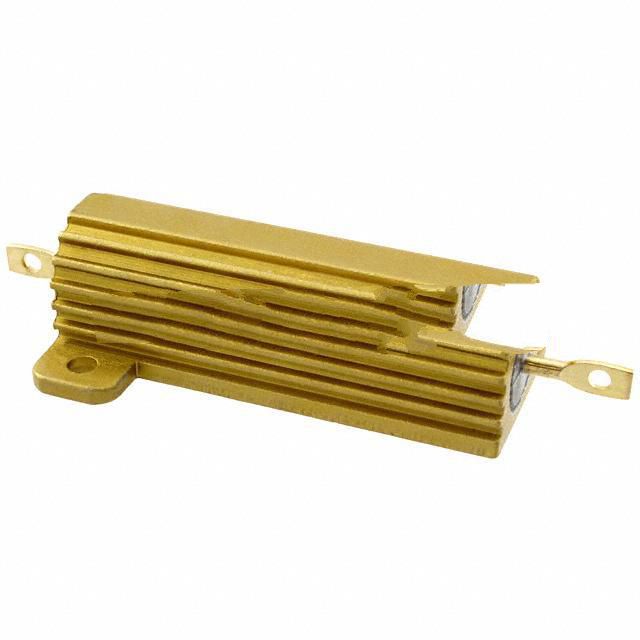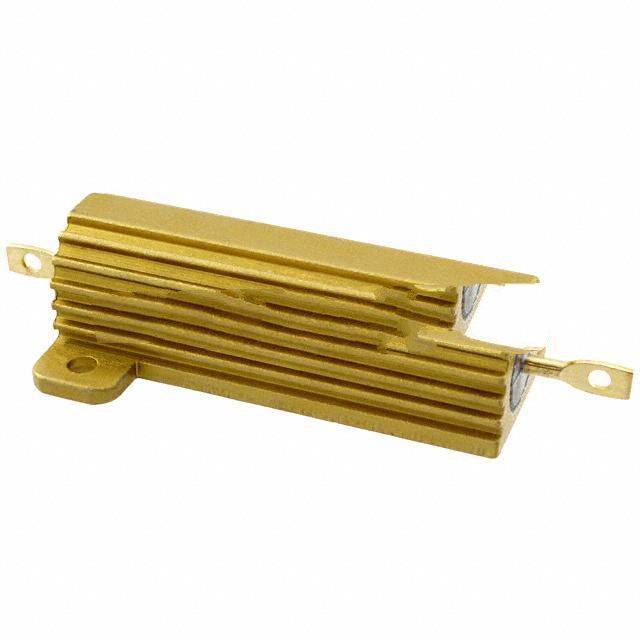What are the types of ballast resistors? How do we select and test ballast resistors?
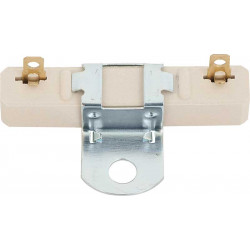
An electronic component used in motor starting, lighting equipment, and some electronic equipment is a ballast resistor. Why do you need a ballast resistor? The reason is that when switching in the circuit or when the power supply is started, there will be an instantaneous large current passing through, which may damage the circuit components or equipment, and it is necessary to control the large current. The main function of the ballast resistor is to provide a higher resistance when the circuit starts to limit the instantaneous peak value of the current, and then automatically reduce the resistance after the circuit is stable to allow the normal operating current to pass through.
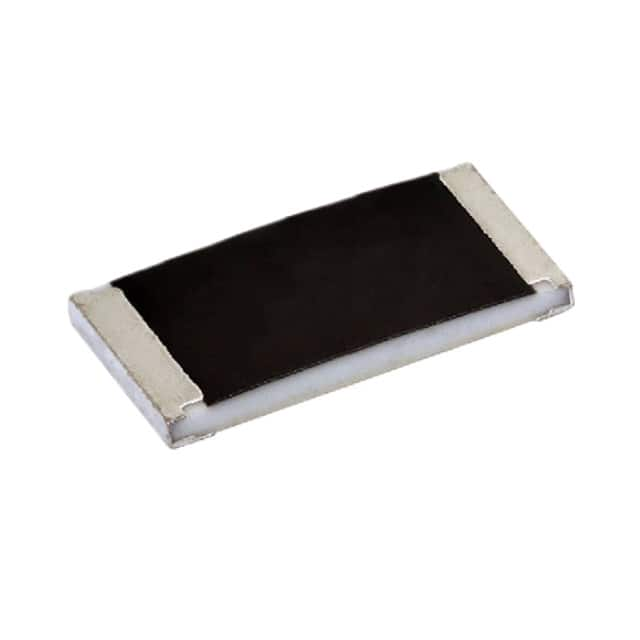
Ballast Resistor: CRCW0603200KFKEA
The response time of the ballast resistor is very short, usually within a few milliseconds, so it can respond quickly to the start of the circuit. Therefore, ballast resistors are widely used in various electronic devices and circuits, and different application scenarios require different types of ballast resistors. Let’s first understand the types of ballast resistors.
1. What are the types of ballast resistors?
The types of ballast resistors are broadly divided into fixed ballast resistors and self-variable ballast resistors. The meaning of these two types of ballast resistors can be understood literally. Ballast resistors are classified by various factors such as working principle, shape, and application.
1) Ferrite Ballast Resistor: This type of ballast resistor is made using a ferrite material whose resistance value varies significantly between cold and hot states. When the circuit starts, it provides high resistance, limiting the starting current.
2) Ceramic Ballast Resistor: The ceramic ballast resistor is made of ceramic material, which has high-temperature stability and durability. They are often used in high-temperature environments.
3) NTC Thermistor Ballast Resistor: This type of ballast resistor is based on the thermistor effect. Their resistance value decreases with increasing temperature. When cold, they provide high resistance, and when hot, the resistance drops, allowing more current to pass.
4) PTC Thermistor Ballast: Unlike NTC thermistors, PTC thermistors increase in resistance as they heat up, limiting current flow. They are commonly used in power protection and overcurrent protection applications.
5) Metal oxide ballast resistors: Metal oxide ballast resistors usually use metal oxide materials, such as zinc oxide, which have good electrical properties and thermal stability.
6) Built-in ballast resistors in electronic converters: Some electronic converters and power modules integrate ballast resistors inside to achieve current limitations when the circuit starts.
7) Adjustable Ballast Resistors: These ballast resistors have an adjustable resistance value that allows the level of the current limit to be adjusted as desired.
8) Outline package: Ballast resistors can have a variety of shapes, including linear, chip, and columnar shapes and sizes, to suit different application scenarios.
These types of ballast resistors find use in a variety of electronic and electrical applications, and selecting the proper type depends on specific circuit requirements and environmental conditions.
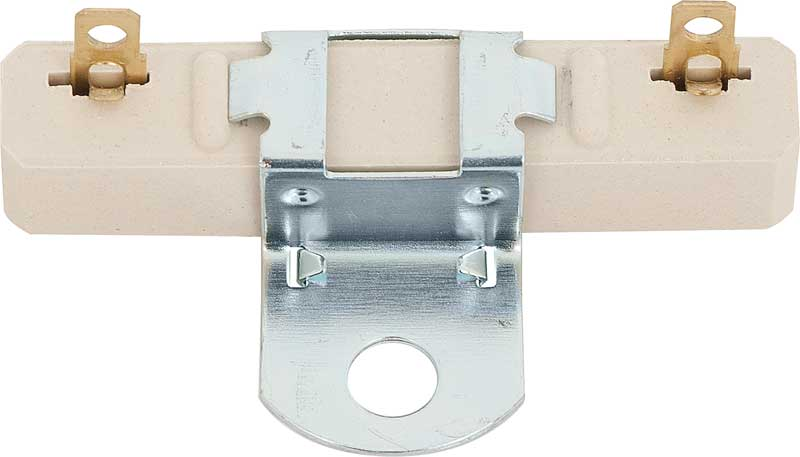
2. How to choose a ballast resistor suitable for your circuit design?
Selecting a ballast resistor suitable for a circuit design requires consideration of several factors, including circuit requirements, resistor value, power dissipation, temperature characteristics, and more. The following are some suggested steps for you to choose ballast resistors from Jinftry:
1) Understand circuit requirements:
Determine the maximum startup current that needs to be limited in the circuit.
Determine the operating voltage range of the circuit.
Consider the temperature conditions and environmental requirements of the circuit.
Determines the duration of the current limit, whether instantaneous or continuous.
2) Calculate the required resistor value:
Resistor values are usually calculated based on current limit requirements. Use Ohm's law to calculate the required resistor value: Resistance (R) is equal to voltage (V) divided by current (I), or R = V/I.
Make sure that the selected ballast resistor has a resistance value that meets the current limiting needs of the circuit.
3) Consider power dissipation:
There is some power dissipation in the ballast resistor, which depends on the resistor value and current. Use the following formula to calculate power dissipation: P = I^2 * R.
Make sure the selected ballast resistor can handle the power generated to prevent overheating or damage.
4) Temperature characteristics:
Understand the temperature characteristics of ballast resistors, that is, the change of resistance value at different temperatures. Some applications require ballast resistors with high-temperature stability.
Consider the change in resistance value over the operating temperature range to ensure stable circuit performance.
5) Select material and type:
According to the application requirements, select the appropriate type of ballast resistor, such as ferrite, ceramic, thermistor, etc.
Determine the size and shape needed in the circuit.
6) Manufacturer Specifications:
Check the manufacturer's specification sheet for the ballast resistor to ensure that the selected model meets your needs. Well-known manufacturers of ballast resistors mainly include Vishay Dale, TE Connectivity, Ohmite, Caddock Electronics, Viking Tech, Arcol, TT Electronics, Panasonic, Yageo, etc.
Pay attention to the tolerance of the resistance value to ensure that the performance requirements of the circuit are met.
7) Consider price and availability:
Consider the price of ballast resistors to fit within the budget.
Make sure the selected model has good supply availability in your area. Jinftry here recommends some commonly used ballast resistors, CRCW06033K90FKEA, CRCW06031K00FKEA, CRCW0603200KFKEA, CRCW1206150KFKEA, CRCW12064K70FKEA, CRCW040275R0FKED, CRCW060312K0FKEA.
8) Test and verification:
Before integrating a ballast resistor into a circuit, it is tested and verified to ensure that it performs as expected.
In summary, selecting a ballast resistor for a circuit design requires careful consideration of factors such as circuit requirements, resistor value, power dissipation, temperature characteristics, and material type. The correct choice will help ensure the normal operation and stable performance of the circuit.
In order to ensure the normal operation of circuits and equipment, and improve their reliability and safety, we need to test ballast resistors.

3. How to test the ballast resistor?
Testing a ballast resistor usually involves measuring its resistance value to ensure it is functioning properly. The following are the general steps for testing ballast resistors:
Note: Always disconnect power and make sure the circuit or device is in a safe condition before testing.
1) Prepare test tools: First, prepare the required test tools, including a multimeter (multi-purpose meter) to measure the resistance value, and necessary cables and connectors.
2) Disconnect the power supply: Make sure the circuit or equipment has been completely disconnected from the power supply to ensure safety.
3) Mark the connection points: If the ballast resistor is in the circuit, mark the two connection points of the circuit connected to the ballast resistor. Typically, a ballast resistor has two terminals that are connected to each end of the circuit.
4) Connect the test instrument: Connect the probe of the test instrument to the two terminals of the ballast resistor. Make sure the investigations make good contact with the metal terminals of the resistor for accurate measurements.
5) Select the appropriate measurement range: According to the expected resistance value range, select the appropriate resistance measurement range on the multimeter. If you are unsure of the resistance value range, choose a larger range and gradually reduce the range for more accurate measurements.
6) Take the measurement: After the test instrument is set up, take the resistance measurement. Note that if the resistance value will vary at different points in time or temperature, multiple measurements can be taken to ensure accuracy. Typically, resistance values are expressed in ohms (Ω).
7) Record the measured value: Record the estimated resistance value. This will help you assess if the ballast resistor is working correctly. Depending on your needs, measurements can be compared to the specifications stated by the manufacturer.
8) Reconnect the circuit: Once the test is complete and the ballast resistors are confirmed to be okay, you can reconnect the circuit and make sure everything is working properly.
It should be noted that the ballast resistor usually exhibits a higher resistance value when it is started, so it should be ensured that the test conditions are consistent with the actual application conditions when testing. If the resistance value of the ballast resistor is not within specification, it may need to be replaced to ensure proper operation of the circuit.

